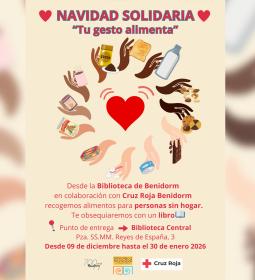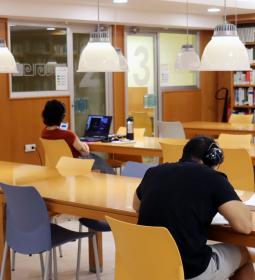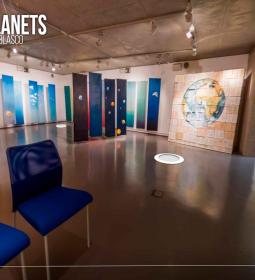Historical heritage claims the figure of Admiral Guillén Tato as defender of the roots and traditions of Benidorm
The exhibition ‘Un Esteta Renacentista’, permanent in Virtual Benidorm

The exhibition 'A Renaissance Esteta' on the figure, trajectory, and work of Admiral Julio Guillén Tato, on the occasion of the fiftieth anniversary of his death that has been exhibited in Boca del Calvari museum, has been incorporated into the permanent Benidorm Virtual collection, which will allow its visit and permanent consultation, is announced today by the Councilor for Historical and Cultural Heritage, Ana Pellicer.
"The footprint of Guillén Tato in Benidorm- said Pellicer- is indelible, will remain for generations in spaces such as Plaça de la Senyoria, Carreró dels Gats, or Costera del barco street". A great character who knew how to strengthen "even more the iconic relationship of our city with the sea ”.
Guillén Tato, recalled the councilor, was Admiral of the Navy, director of the Naval Museum, and member of the Royal Academies of Language and History. In addition "he knew how to work, together with Mayor Pedro Zaragoza, in the design of the city we know today, which was endorsed with his designation as an adoptive son of Benidorm in 1959."
On the exhibition, recently closed, Pellicer thanked the work done by the curator, Mª José Guillén, granddaughter of the Admiral, and by the investigator expert of the figure of Guillén Tato, Aviation Commander and Naval Historian, Javier Vicedo. The mayor also influenced the contributions made by the students of the art of IES Pere Maria Orts I Bosch that “interpreted the essence of the Admiral to bring it closer to the new generations” in the annex to the exhibition installed on the second floor of Boca del Calvari.
360 virtual tour
As of today,’Un Esteta Renacentista can continue to visit “thanks to Benidorm Virtual”, said Ana Pellicer. The exhibition thus adds to ‘El turista accidental’, ‘Femenino Plural’, ‘Ferran Freixa, la luz presente’, and ‘Mut art’, all previously installed in the mouth of the Calvari.
To “move to, the ‘metaverse’ exhibition” 360-degree photographs have been taken “with a double objective camera that by capturing the images provides the feeling of being within them”. This immersive reality is "even more palpable using augmented reality glasses", although the route can also be made with a computer, a graphic tablet, or a smartphone and use the gyroscope, if they integrate it, to move through the virtual environment. "
As in the original exhibition, the visitor has information points and the video art systems adapted to the new environment. "If we click on a photograph, it opens in detail in an emerging window, or if we do it on a point of information, we access the explanatory text."
Finally, Ana Pellicer recalled that route 360 allows access to people with reduced mobility. "One more way- she emphasized- to eliminate barriers and facilitate access to those who need it."







